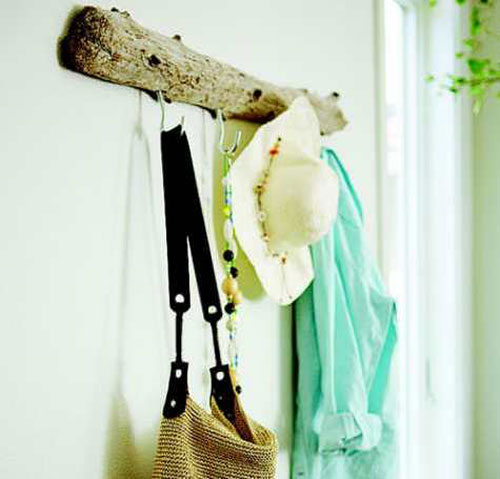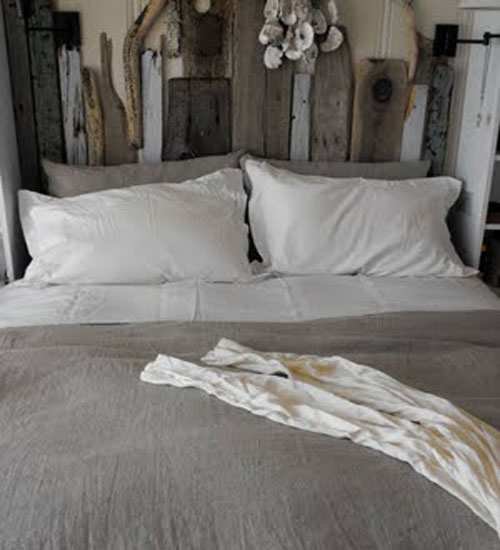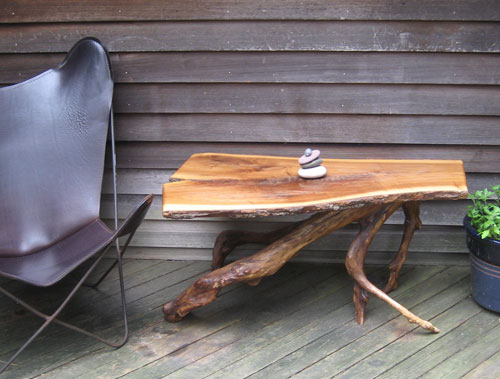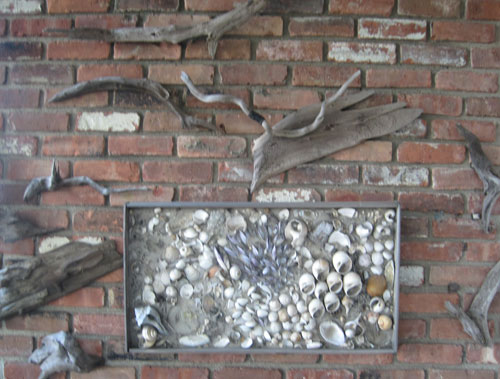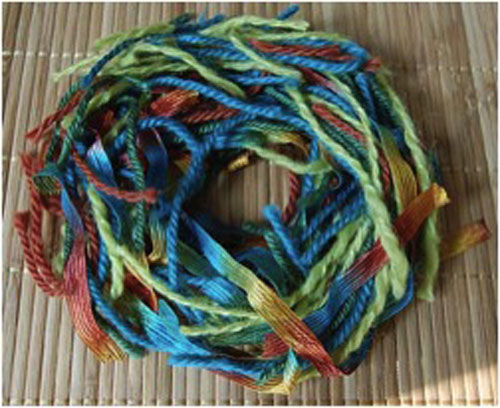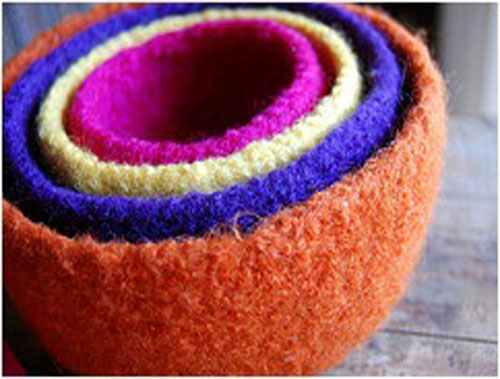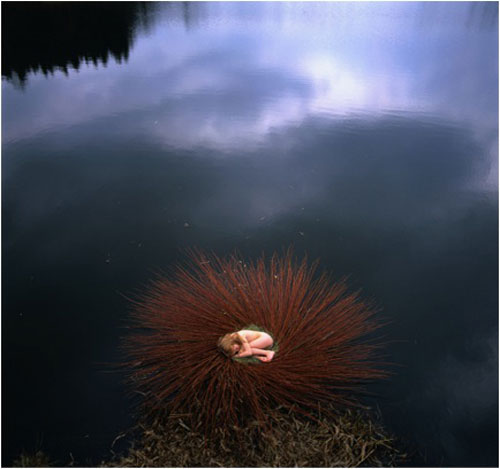 OK, fly fishers -- this one’s for you...
I live with a few fly fishers. They are a passionate bunch. Passionate about their waterways, their love of nature, and they are passionate about how they fish -- catch and release. On any given day during the season, lifesize suspendered waders and heavy wading boots hang dripping from the rafters of the garage. Hooks, feathers and fishing line find their way into their tackle boxes and deposited onto the floor around their fly-tying spaces.
OK, fly fishers -- this one’s for you...
I live with a few fly fishers. They are a passionate bunch. Passionate about their waterways, their love of nature, and they are passionate about how they fish -- catch and release. On any given day during the season, lifesize suspendered waders and heavy wading boots hang dripping from the rafters of the garage. Hooks, feathers and fishing line find their way into their tackle boxes and deposited onto the floor around their fly-tying spaces.
When this New York Times article, Fly Fishers Serving as Transports for Noxious Little Invaders flew across my computer, I ran to see if their boots were felt-soled. According to the article, “Growing scientific evidence suggests that felt, which helps anglers stay upright on slick rocks, is also a vehicle for noxious microorganisms that hitchhike to new places and disrupt freshwater ecosystems.”
Apparently, going feltless comes at a cost to the fly fisher. Rubber is slippery and dangerous for those who wade on rocks. Some fly fishers are reluctant to give up their felt (yay, not my guys), despite the havoc that “rock snot” imparts on the environment.
This may seem incidental in the scheme of our recent environmental disasters, but all of these small environmental threats caused by humans add up. So, let's join Orvis, the biggest fly-fishing retailer in saying, “Change your boots and help fight the spread of invasive species.”
up. So, let's join Orvis, the biggest fly-fishing retailer in saying, “Change your boots and help fight the spread of invasive species.”
(Also, anyone want to share more about "rock snot"? I'm a bit out of my league here.)
Credits: Ben Scott


